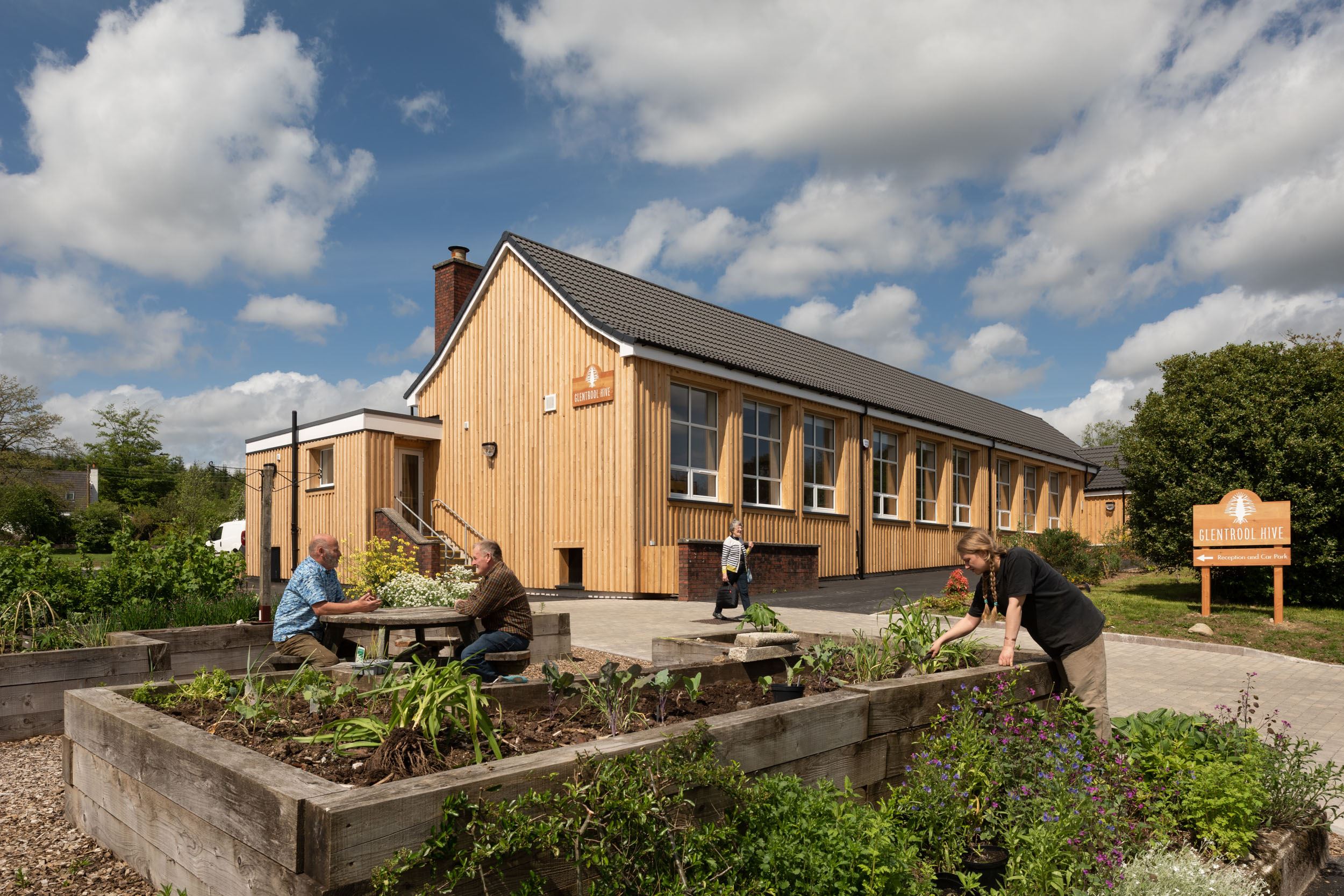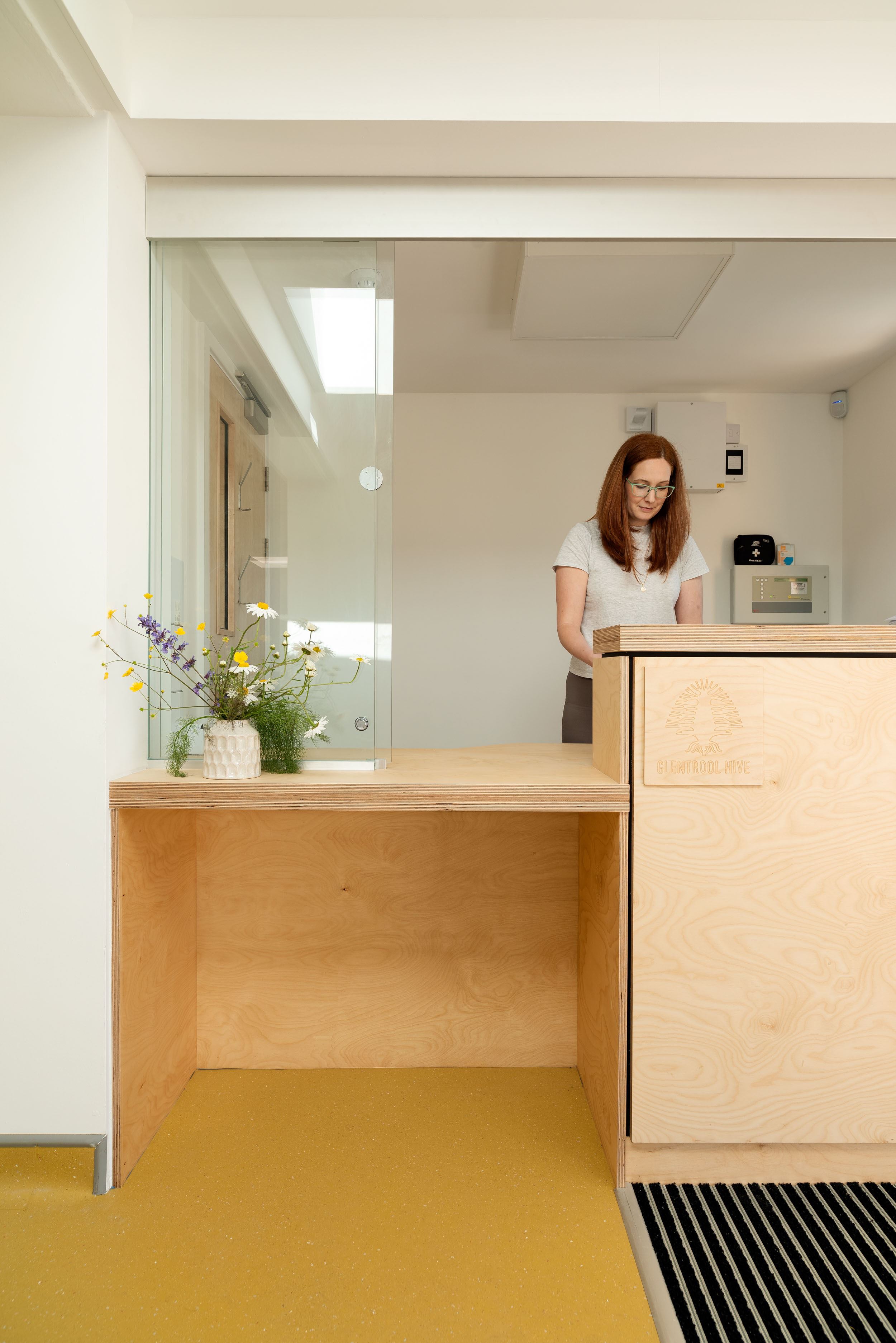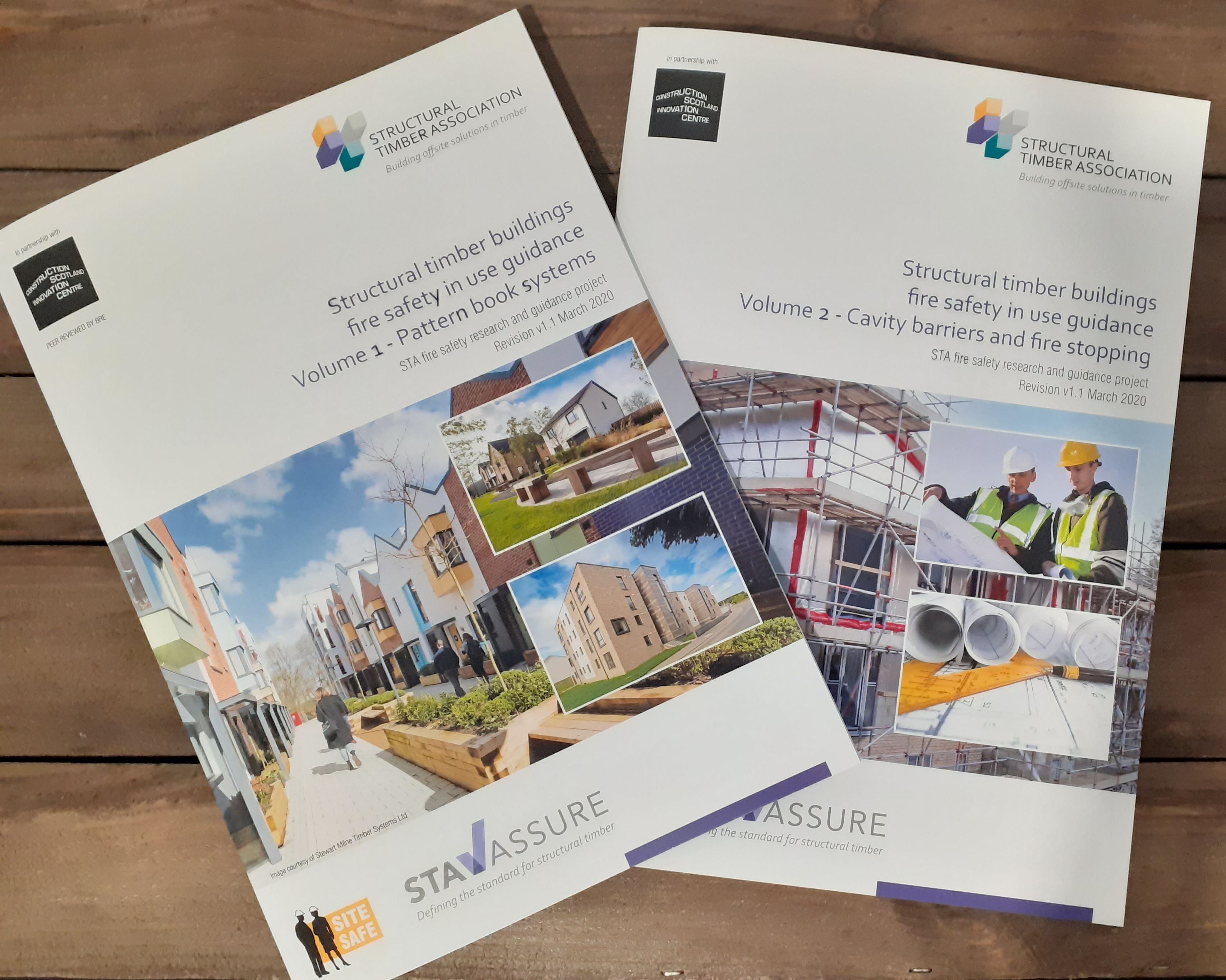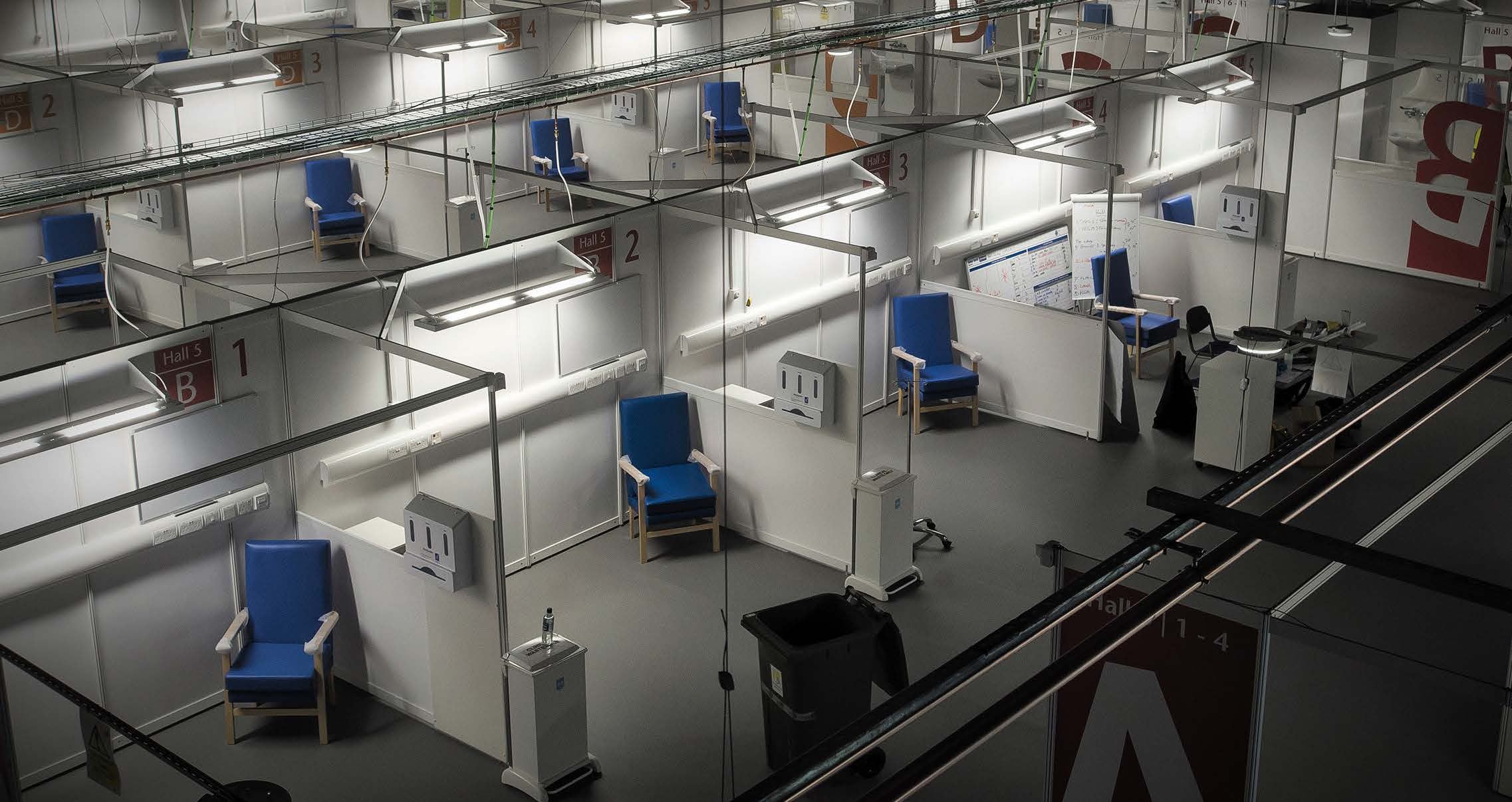Content
A-Z Retrofit Award Winner: John Gilbert Architects

An architectural practice of just twenty people in Glasgow has been making a large impact on the UK retrofit landscape over the last few years.
The firm is behind the award-winning Niddrie Road Retrofit project in Glasgow’s South Side and is using the breadth and depth of their experience to accelerate community-led placemaking, which they see as the key to unlocking successful retrofit.
The practice, John Gilbert Architects, also won BE-ST's Accelerate to Zero Award’s Retrofit Award.
The work of John Gilbert Architects
The Niddrie Road project was one of the UK’s first examples of a deep retrofit of a stone tenement flat building – something which Scottish Government recognises as a landmark achievement at last year’s ‘Beyond Niddrie Road’ conference.
We spoke with Chris Morgan and Barbara Lantschner from John Gilbert Architects, who acknowledged that Niddrie Road was an important project for the practice, gaining a lot of attention for its holistic, research-based and methodological approach.
However, the practice's work isn’t limited to a single retrofit or discipline, they work on conservation projects as well as a wide range of new-build projects with a particular focus on social housing and Passivhaus.
Other retrofit work of theirs includes the re-purposing of an old church in Kilmarnock and an old Police Station in Langholm, community-led regeneration of the Midsteeple Quarter in Dumfries, as well as working with several large contractors using the PAS 2035 methodology.
They have also published guidance, including the Sustainable Renovation Guide, which gathers much of their practical experience into a single guide for organisations and homeowners. In addition, both Barbara and Director Rupert Daly are regular visitors at BE-ST, helping to deliver Passivhaus and Retrofit training.

Early adopters
John Gilbert Architects often sits at an early point of the innovation bell curve in architecture.
From the outset of the practice in 1992, they were focusing on the delivery of green architecture and a community-based approach at a time where it wasn’t seen as important as it is now.
The practice has been delivering Passivhaus-standard buildings for over a decade, but again, this has only been recognised as important in the last few years.
With retrofit becoming an important part of their work, their focus has been on improving long term performance while integrating the need for healthy spaces and care for the heritage of older buildings.
Chris attributes part of the practice’s success to the breadth and depth of their experience and expertise. Their technical understanding is important, says Chris, and the breadth of their focus is because the the complexity of the challenge requires it.
“It's a broad approach because it needs a broad approach - it's a broad problem.” Chris Morgan, John Gilbert Architects
Architecture as a science, not just an art
Another example of John Gilbert Architects looking to push forwards is in their evidence-based approach to architecture, specifically around the performance gap.
This is an important area of added value because it is something of which many architects, and many in the industry, remain unaware.
The performance gap means that most buildings do not perform, in practice, as well as they do on paper. This leads to significant additional carbon emissions and costs for clients in the long run, as well as a host of other problems such as reduced comfort, increased health risks and a risk of greater loss of our heritage.
Chris and Barbara feel strongly that the industry must take a more practical and scientific approach to design and construction.
The future of retrofit
Although a robust technical approach is important, both emphasise the need to engage with people throughout the process and there is no doubt that the practice views the future of retrofit as being less about individual retrofit of buildings, and more about place-based, community-led regeneration of whole areas.
Chris says, “a just transition must bring people along, and beyond that, it needs to engage with those with the least agency, the weakest voices – that's the ‘just’ part of the just transition”.
The A-Z Award
Both were genuinely thrilled to win the award. “Having seen who was winning the early awards, we knew it to be a strong field with worthy winners. It was the same for our category with practices we know do excellent work, so it means a great deal to be recognised.”
What’s next for John Gilbert Architects?
For retrofit to succeed in achieving a just transition, bringing cost down is key – and economies of scale are seen as the main way for this to happen.
Barbara is working on developing a unified approach to housing in the Glasgow area with four separate Housing Associations, amounting to 13,000 dwellings overall. Grouping the properties into recognisable archetypes allows the assessment and design process to be more cost effective as well as simplifying the eventual construction works. Sharing the process amongst a number of clients reduces risk and costs for all involved and is in itself a promising way forward.
Photo credit: Tom Manley
Accelerate to Zero Awards 2024
Interested in being involved in this year’s Accelerate to Zero awards, either as a sponsor, applicant or attendee at the awards?



